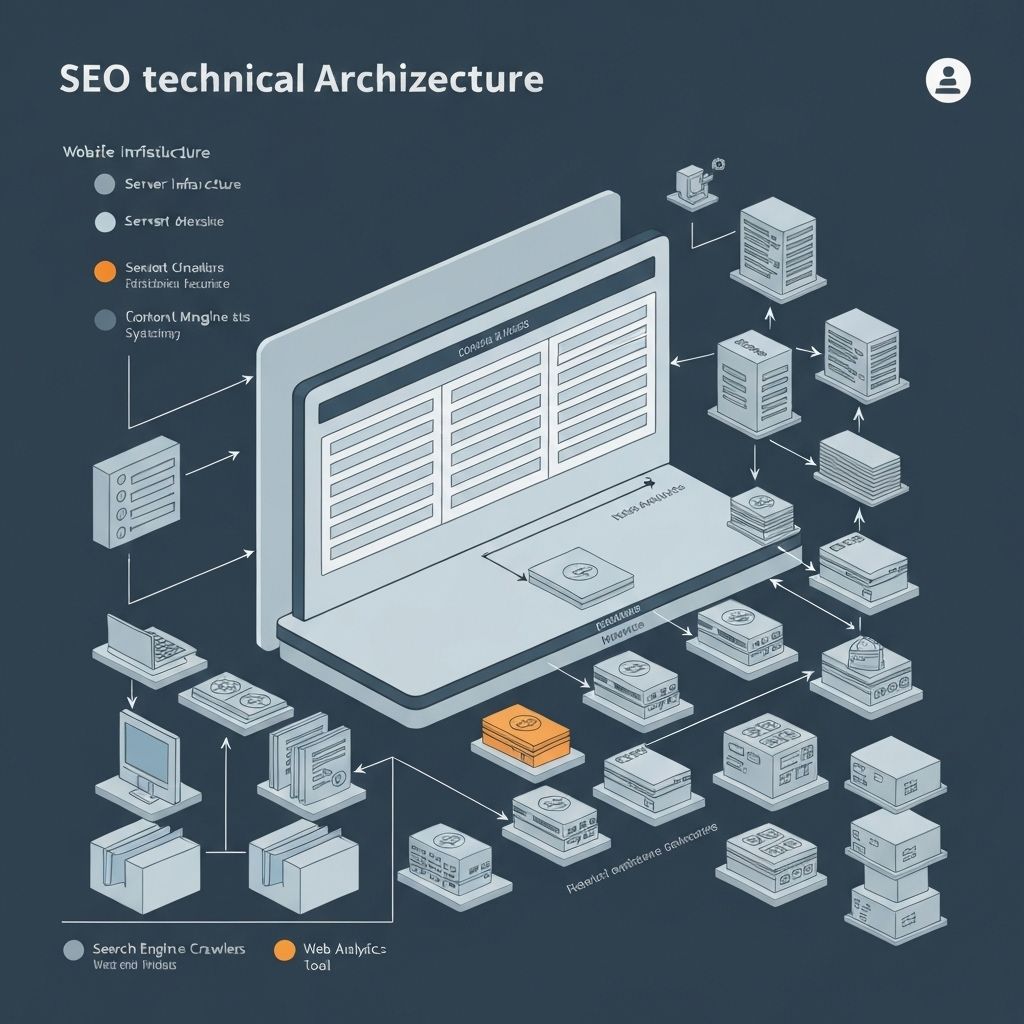Modern JavaScript frameworks create amazing user experiences but can be SEO nightmares. Single-page applications, client-side rendering, and dynamic content all pose challenges for search engines. But you don't have to choose between modern development and SEO. With the right architecture, you can have both.
Server-Side Rendering vs. Static Generation
The rendering strategy you choose has massive implications for SEO, performance, and development complexity.
Static Site Generation (SSG)
SSG generates HTML at build time. It's the fastest option—pages are pre-rendered and served from a CDN. Perfect for content that doesn't change often: marketing pages, blogs, documentation. Next.js, Gatsby, and Astro all support SSG. The downside: you need to rebuild to update content. For frequently changing content, consider Incremental Static Regeneration (ISR).
Server-Side Rendering (SSR)
SSR generates HTML on each request. It's slower than SSG but allows for dynamic, personalized content. Use SSR for pages that need real-time data or user-specific content: dashboards, user profiles, search results. Implement caching strategies to improve performance. Edge SSR (like Vercel Edge Functions) can reduce latency significantly.
Hybrid Approaches
The best strategy is often a mix. Use SSG for marketing pages and blog posts. Use SSR for user dashboards and dynamic content. Use client-side rendering for interactive components within those pages. This gives you the SEO benefits of pre-rendering with the flexibility of dynamic content.
Structured Data and Rich Results
Structured data helps search engines understand your content and can earn you rich results in search.
JSON-LD Implementation
JSON-LD is the recommended format for structured data. Add it to your page's <head> or <body>. Common schemas include: Article (for blog posts), Product (for e-commerce), Organization (for your company), LocalBusiness (for local SEO), FAQ, and BreadcrumbList. Use Google's Rich Results Test to validate your markup.
Dynamic Structured Data
For dynamic content, generate structured data server-side. In Next.js, you can include JSON-LD in your page components. Make sure the data matches what's visible on the page—Google penalizes mismatches. Update structured data when content changes. This is especially important for product prices, availability, and reviews.
Technical SEO Fundamentals
The technical foundation that makes everything else possible.
URL Structure and Routing
Use clean, descriptive URLs. /blog/seo-guide is better than /blog?id=123. Implement proper canonical tags to prevent duplicate content issues. Use 301 redirects for moved content. Implement proper 404 pages with helpful navigation. For SPAs, use the History API to update URLs without page reloads.
XML Sitemaps
Generate XML sitemaps automatically. Include all important pages. Update the sitemap when content changes. For large sites, split into multiple sitemaps. Submit your sitemap to Google Search Console and Bing Webmaster Tools. Include lastmod dates to help search engines prioritize crawling.
Robots.txt and Meta Robots
Use robots.txt to control crawler access to your site. Block admin pages, search results, and duplicate content. Use meta robots tags for page-level control. noindex prevents indexing. nofollow prevents link following. Use these carefully—blocking the wrong pages can tank your rankings.
Key Takeaways
SEO for modern web apps requires thoughtful architecture. Choose the right rendering strategy for each page type. Implement structured data to help search engines understand your content. Master technical SEO fundamentals. The result is a site that ranks well, loads fast, and provides an excellent user experience. You don't have to compromise.
Continue Reading
More expert insights on web design and development

The Psychology of High-Converting Landing Pages
Understanding cognitive biases, visual hierarchy, and persuasion principles that drive user action. A deep dive into the psychological triggers that separate 2% conversion rates from 15%.

Core Web Vitals: The Complete Technical Guide
Master LCP, FID, and CLS optimization with advanced techniques. From image optimization to JavaScript splitting, learn how to achieve perfect Lighthouse scores.

Typography Systems for Digital Products
Building scalable type systems with modular scales, fluid typography, and variable fonts. How to create visual hierarchy that guides users effortlessly.

